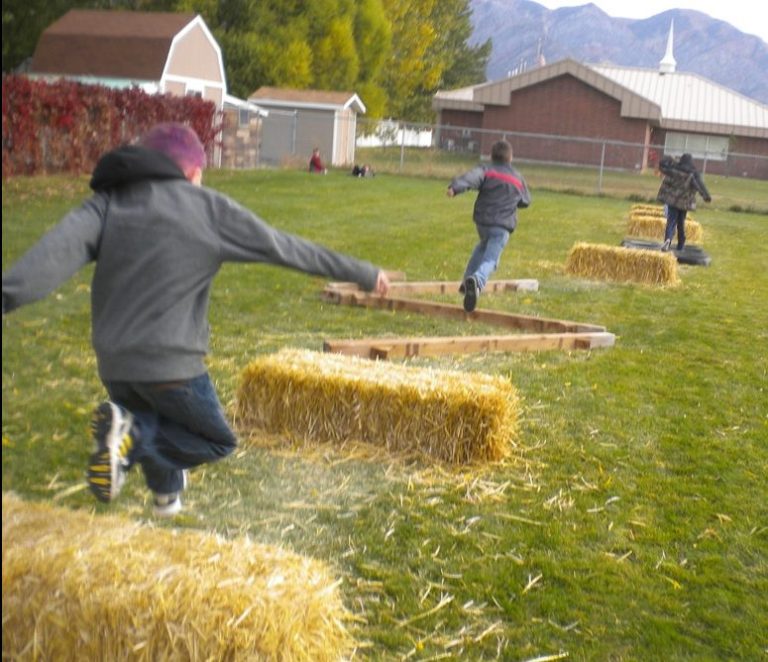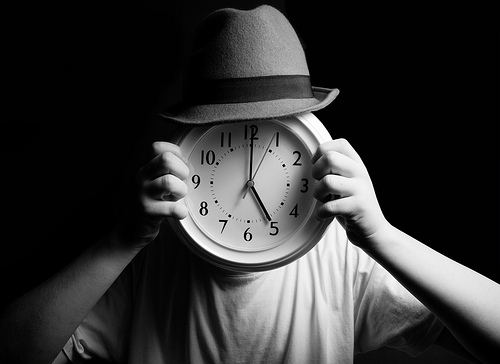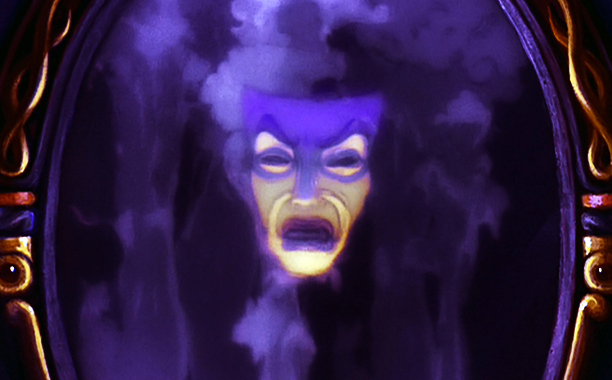A Look at the Second Pinch Point in Stories
Last week we took a look at the first pinch point—that moment in your story that comes after the hero’s goal is set and before the midpoint appears (in which the character has some important choices to make about the tough obstacles he’s facing).
Pinch points are mostly about the opposition. If the first pinch point reveals the strength of the opposition, the second one showcases the full force of it. If your character faces the edge of a hurricane at sea at the first pinch point, showing him what he’s truly up against, the second pinch point is going to be the battle for survival with the full brunt of the storm.
This isn’t the climax, but it’s building up to it. It’s preparing the stage for the final attack or onslaught or challenge your character will have to take.
As I said in last week’s post, I cringe when I have to do math and force my story into something like “the second pinch point comes 5/8ths into the story, at the 62% mark, exactly between the middle of the story and the second plot point—the middle of the third act.”
Can’t we just say this pinch point comes a little before the climax, to ramp up the stakes and make things start to look impossible for your character. I’m good with that. But hey, if you need to do the math and put everything on just the right page number, go for it.
These Pinch Points Are Key Developments
This basic structure fits every genre. Even a children’s fairy tale will show the wolf making inroads in the forest, confronting Little Red on her way to Granny’s at the first pinch point. And what happens at that second pinch point? Little Red is noting those big teeth Granny has, followed by the sinking realization it isn’t Granny lying in bed in that cute nightgown and bonnet.
Key plot developments often occur at the second pinch point: a friend dies or betrays the heroine, the key plan to reach the goal falls apart, some unexpected twist throws the biggest obstacle yet in your heroine’s path.
Frodo getting chased by the black riders in The Hobbit introduces the force of the opposition in the first pinch point. But having Gandalf fall into Moriah, leaving the fellowship grieved and leaderless creates an even more difficult situation in the second pinch point. New, harder decisions must now be made, and the door to great conflict between the characters has now opened.
In my novel Colorado Promise, the second pinch point occurs when my heroine is shocked by the public announcement that she’ll be marrying Randall—a coup d’etat by her father, who is her primary opposition in her pursuit of the love of cowboy Lucas Rawlings. Now it seems impossible that Emma and Lucas will ever get together.
As with all my novels, I didn’t plan that to fall at exactly the 62% mark in my book. I just pulled up my handy desktop calculator, multiplied the total number of pages by .62, and voila!
But honestly, I don’t think in terms of pinch point placements and all that. I just think of bigger and bigger conflict to create as my story barrels to the climax.
Focus on the Conflict!
So many of these key scenes I’m going to be sharing with you that are part of this 10-20-30 Scene Builder concept are going to center on conflict. And on that action-reaction cycle I’ve been emphasizing you this year.
 I stopped for a moment, wondering just where the term “pinch points” came from. While there are a few sources, I particularly like this (from Safeopedia): “Pinch points are points in and around machinery where there is a chance of a body part getting caught between a stationary and a moving part of a machine.” There is “a chance of entrapment.” Nice, right?
I stopped for a moment, wondering just where the term “pinch points” came from. While there are a few sources, I particularly like this (from Safeopedia): “Pinch points are points in and around machinery where there is a chance of a body part getting caught between a stationary and a moving part of a machine.” There is “a chance of entrapment.” Nice, right?
Think of those key moments—one early in your story and one before the climax—in which you can put your character in a vise. Pinch him hard. Make him yell.
When Bruce Wayne’s mansion is destroyed and he’s left for dead by his nemesis in Batman Begins, he’s in quite a pinch.
We often see characters in the most hopeless of situations at this point in the story. Play it up, make it big. Make it hurt.
This doesn’t have to be a high-action scene though. In a relational drama or women’s fiction, this pinch point might look like a heated argument that results in the protagonist losing the support of her best friend, forcing her to make that last push to her goal seem impossible.
I think I’ve said all I want to about pinch points. So next week, I think you’ll be ready for the five key turning points, and that will bring us to the “10” in the 10-20-30 Scene Builder concept.
Thoughts on pinch points? Got any great ones (moments from movies or novels) you want to share?
Photo of Pinch the dog by Dennis Koutsoumbas,












Another extremely useful article.Off I go to look for those pinch-points!
These 2 pinch point posts have been most helpful and enlightening. Thanks!